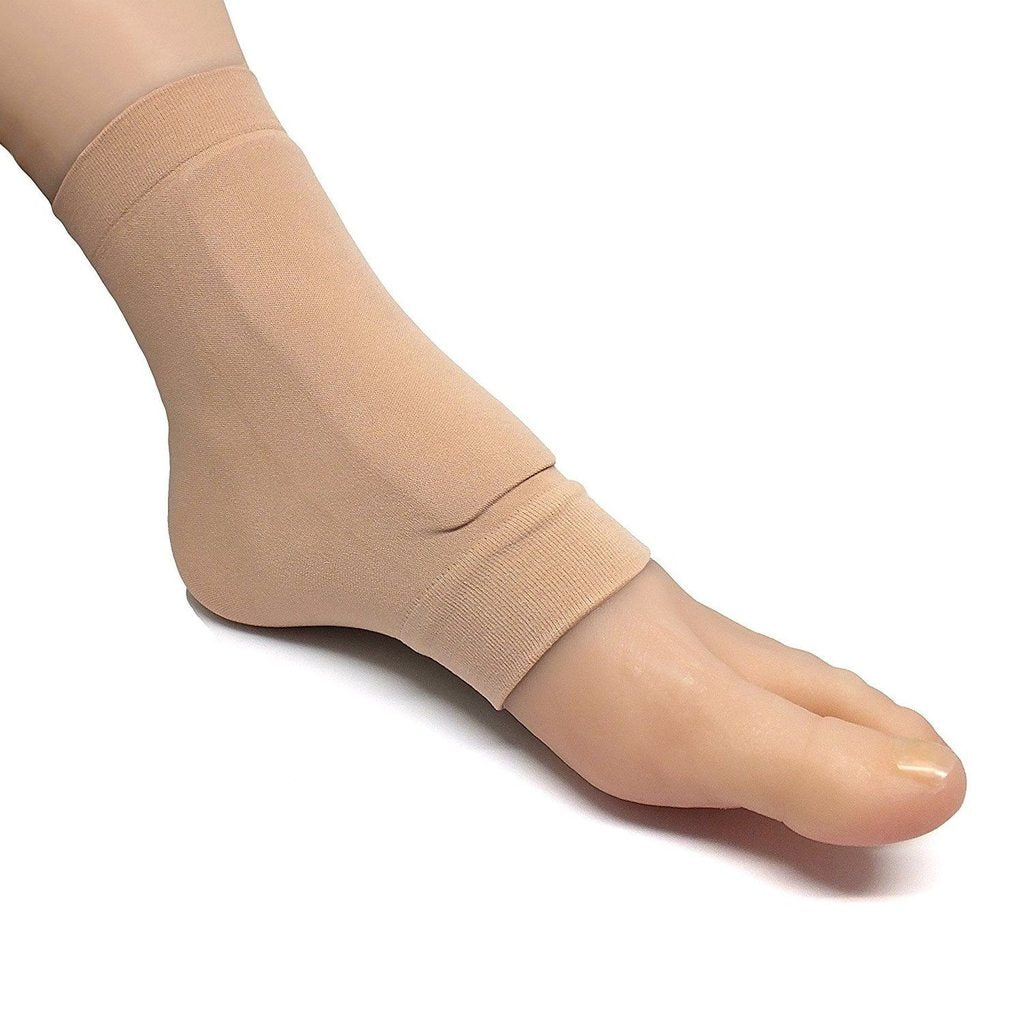You just got a new pair of skates and they are everything you wanted. But as you skate you start to feel a pain running down the front of your ankle. You might not have ever felt this pain before, but if you have, you know that it is lace bite, also called skate bite or tongue bite.
What is Lace Bite
So now that you know what that nasty pain is called, what exactly is it? It is a pressure, or sometimes flat out pain, that runs down the front of your lower leg into your toes. Any laced up footwear can cause it, but it is most common in athletes that wear skates or cleats that lace up on the ankle.
There are a lot of reasons that you may be experiencing lace bite:
- If you’ve been off the rink or field for a while and jump full swing back into activities
- You have a new pair of footwear or skates
- You’re using an old or low-quality pair of skates or footwear
- You’re lacing your footwear too tightly.
In most situations, lace bite occurs due to some combination of the above things. Lace bite occurs when the tongue of your footwear presses against your ankle. If the pressure it too much and coupled with an inflexible tongue, it can lead to lace bite making it unpleasant to wear your new gear, let alone participate in sports with them.
Catching Lace Bite Before It’s Too Late
Your best line of defense against lace bite is catching it early. In most situations, it is a progressive pain that gets worse over time. It may start with some discomfort when you take off your gear. You may even have a small bruise or sharp pain. Gradually that pain will get worse if left untreated.
If you leave lace bite untreated, you will eventually notice significant swelling, redness, and even a lump. If you notice these signs, as well as increased pain and tenderness – you guessed it – you have full blown lace bite.
Treating Lace Bite
Now that you’ve got lace bite, really the only things you can do are treat the symptoms. It’s too late to prevent them. Here are a few ideas to keep your painful symptoms in check so that you can hopefully continue being active.
- Take Time Off – We know that this isn’t what you want to hear but taking time off from your activities is a sure way to treat lace bite. Because it is caused by the pressure from your laces and tongues of your footwear, taking time out of your footwear that is causing the pain can work wonders.
- Hit the Ice – Nope, we’re not talking about the ice rink either. Ice can be one of your best friends for numbing the pain and reducing inflammation. Put an ice pack on your ankles before, after, and even during your activities if you continue to play.
- Change Tying Techniques – You may think that there is only one way to lace up your footwear, but that isn’t the case. If you are lacing your shoes from the inside of the eyelets first rather than the outside, that could be what’s causing your lace bite. Why does this work? Because the laces will follow the flow of your tongue better and get rid of a lot of the pressure on your ankles. If you aren’t sure how to do this, take a look at this video.
- Pads for Curing and Preventing Lace Bite – These products can be used preventatively as well as after you’ve already developed lace bite. ZenToes has a variety of sleeves and socks that are worth checking in to. Our lace bite protectors are designed with athletes in mind to keep your ankles from getting bitten by the front of your skates or other footwear. Padded skate socks have a thick gel pad on a thin elastic sleeve that absorb pressure, shock, and vibration from the top of your foot to your shin. Gel-lined ankle pads protector sleeves provide cushioning to protect from lace bite, ankle bruising, blisters, and rubbing boot collars.
Wrapping It Up
There’s nothing better than feeling the ice beneath your feet or trekking through the woods and living life to the fullest. But when your footwear is creating friction and pressure that results in pain, it takes away from the joy of the moment and can last for weeks or even months.
Whether your boots are rubbing on your feet, you have a bruised ankle bone, or you are suffering from lace bite, our high-quality, durable socks and sleeves can help prevent lace bite and many other painful conditions or protect you from more pain if you are already having discomfort. Pain doesn’t have to be part of your activities.


